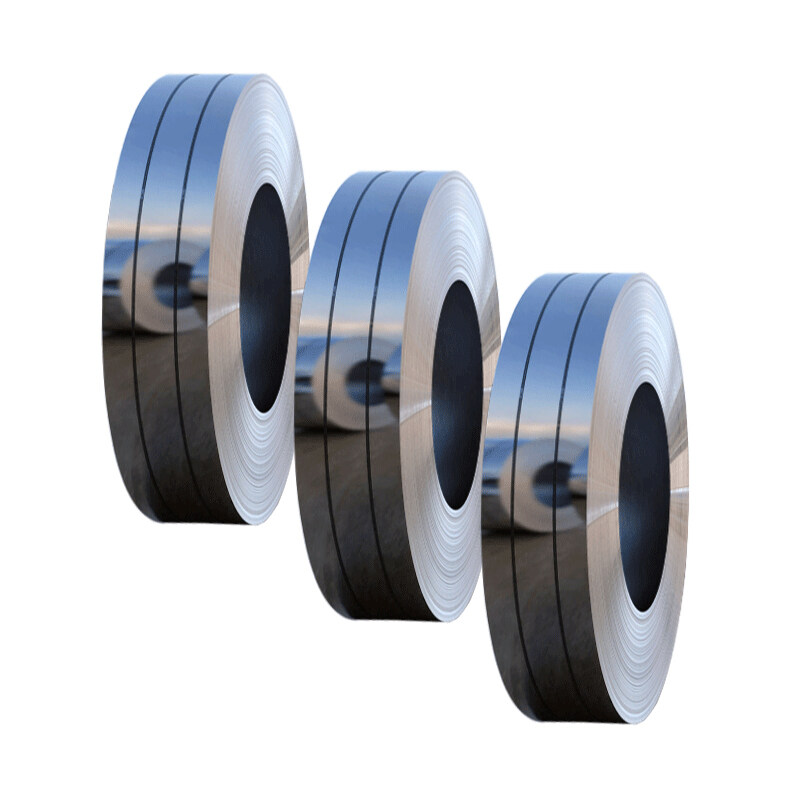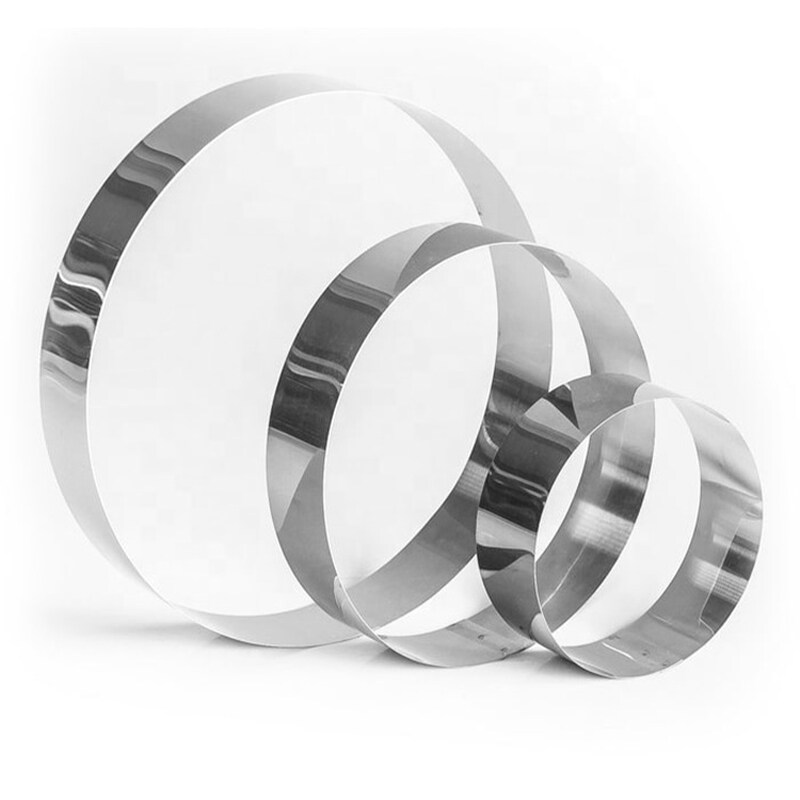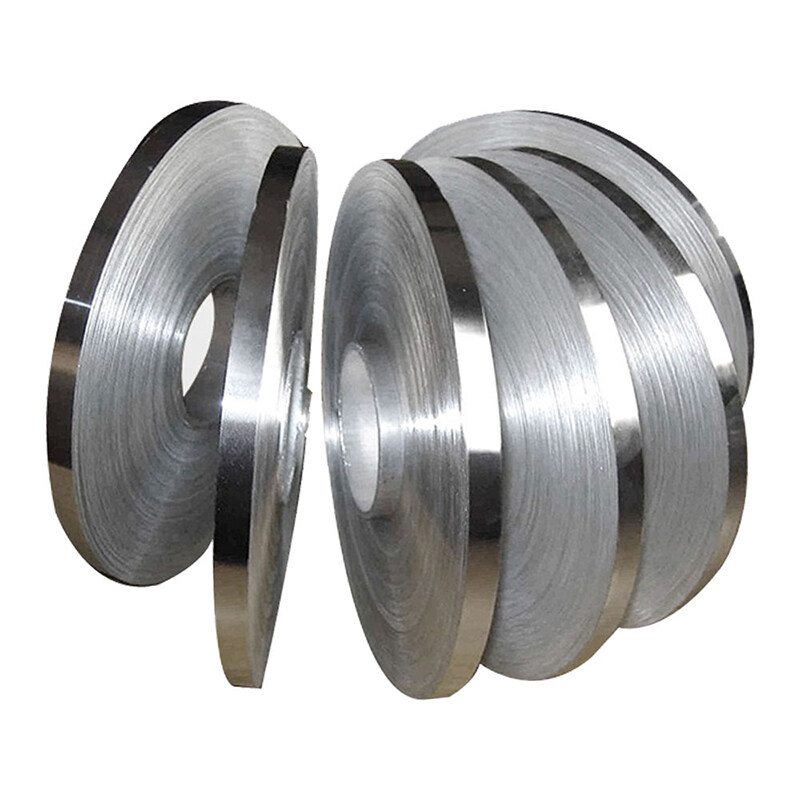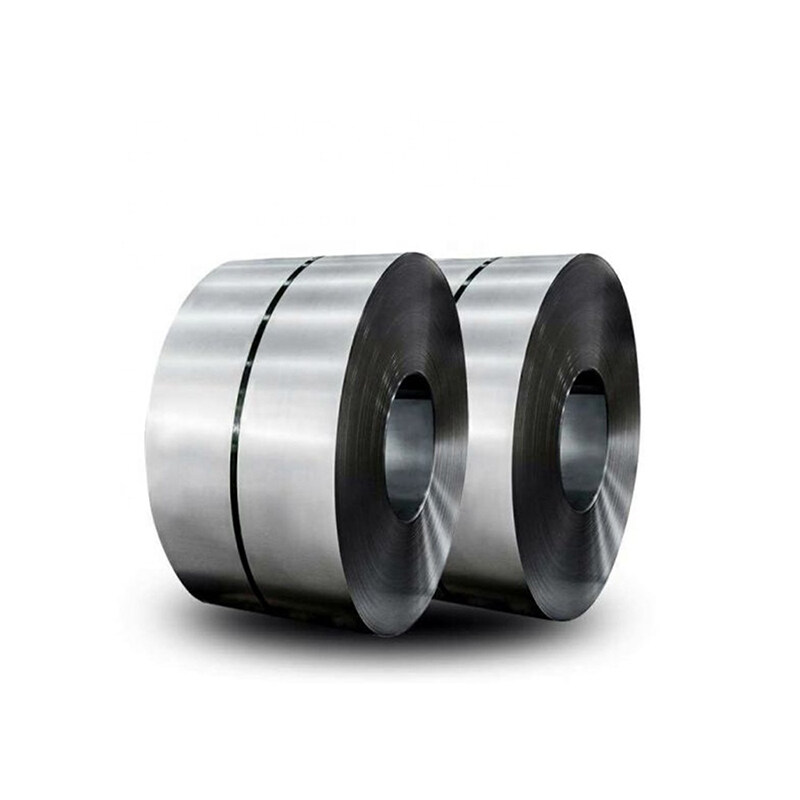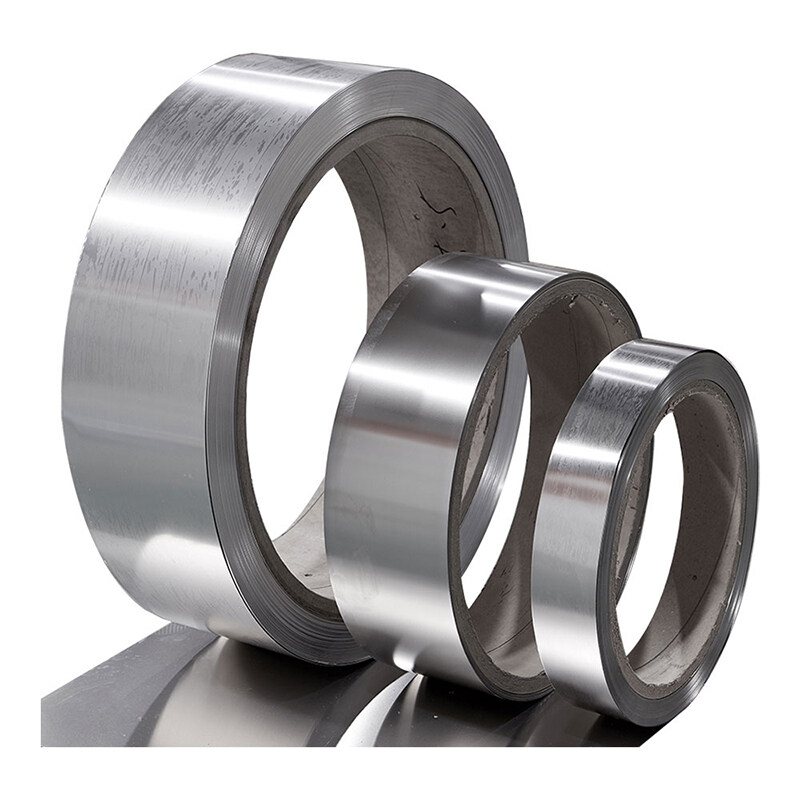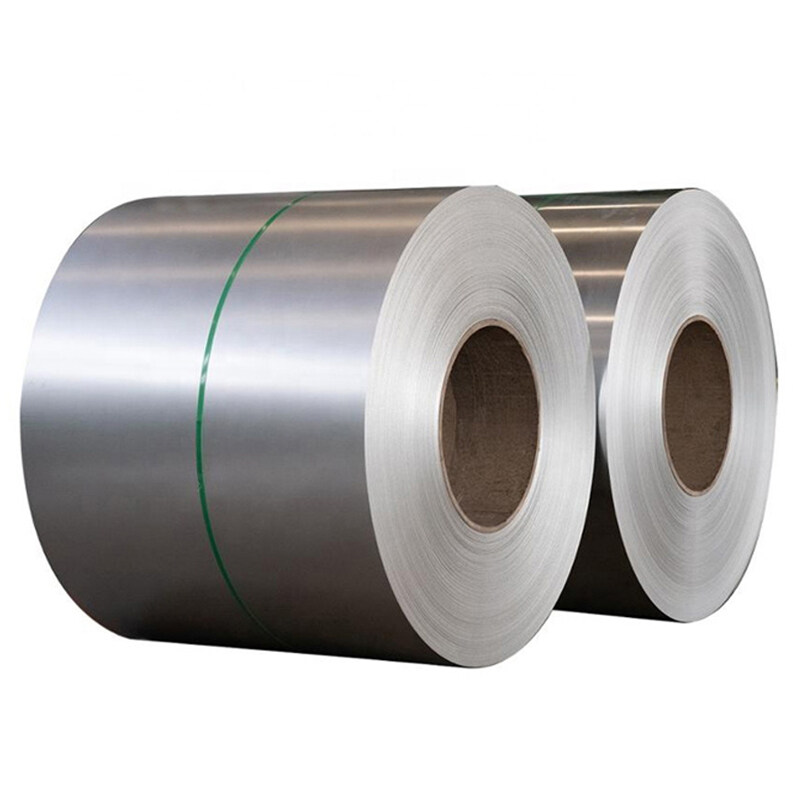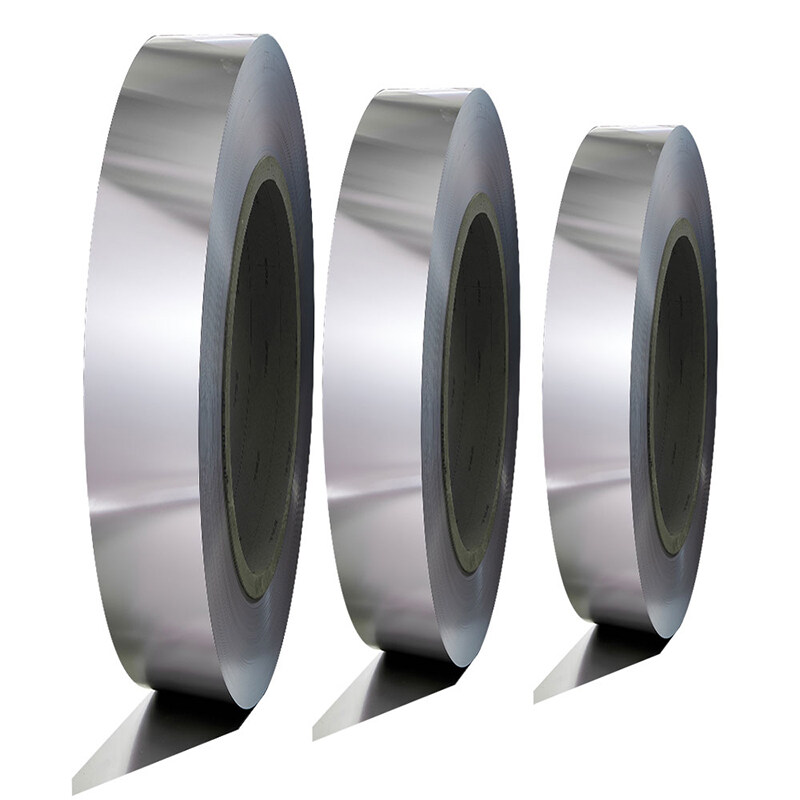Email format error
Email cannot be empty
Email already exists
6-20 characters(letters plus numbers only)
The password is inconsistent
Email format error
Email cannot be empty
Email does not exist
6-20 characters(letters plus numbers only)
The password is inconsistent

0.03mm-1mm cold rolled 304 2b BA surface precision casting stainless steel foil
Casting stainless steel foil is crafted from cold rolled 304 stainless steel. With a thickness range of 0.03mm-1mm, this foil is perfect for a variety of applications. Its superior corrosion resistance and high strength make it ideal for industrial, commercial, and residential use. Whether you need to protect your food from oxidation or insulate your walls from heat, this stainless steel foil is the perfect solution. Its durable construction ensures that it will last for years to come.
-
200series, 300series, 400series
-
1/4H, 1/2H, 3/4H, H
-
EH, SH
-
2B, 2D, TR, BA, HL
-
Brushed, SF, 4K-12K
-
Customizable
The 0.03mm-1mm Cold Rolled 304 2B BA Surface Precision Casting Stainless Steel Foil is a versatile and long-lasting solution for a variety of industrial, commercial, and residential needs. Whether you need to protect your food from oxidation or insulate your walls from heat, this stainless steel foil is the perfect choice. Its durable construction ensures that it will provide reliable performance for years to come, making it a smart investment for any application.
Aesthetics Surface:
Our professional coating treatment gives the surface of our product a beautiful and bright finish that is sure to impress. The aesthetically pleasing surface means that it can be used in a variety of fields without the need for additional technology. This makes it a versatile and convenient choice for any application.
Both High Temperature and Low Temperature Tolerance:
The cold rolled 304 stainless steel foil undergoes special polishing and coating treatments that enable it to withstand both high and low temperatures. This means that it can be used in hot or cold environments without compromising its properties, ensuring that it will last for many years to come.
Precise Cutting with Stainless Steel Foil:
The 304 stainless steel foil can be cut with precision to meet your specific application needs. Our team of experts and state-of-the-art machines ensure that the cutting process is accurate and error-free. If you have any cutting requirements, don’t hesitate to let us know! We are happy to accommodate your needs and provide the perfect cut for your project.
2B and BA Refined Craftsmanship:
Our product’s exterior is treated with 2B or BA technology, resulting in a smooth and bright finish that is perfect for a wide range of applications. You won’t even be able to see any holes or bending marks on it - it looks brand new and shiny!
Product Parameter:
|
Material |
201/304/304L/316/316L/430 Stainless Steel Sheet |
|
Technique |
Cold Rolled/ Hot Rolled |
|
Standard |
AiSi |
|
Surface Finish |
2B/ BA |
|
Grade |
Customized |
|
Length |
2000mm-6000mm or Customized |
|
Thickness |
0.03mm-1mm or Customized |
|
Surface |
BA/2B/NO.1/NO.3/NO.4/8K/HL/2D/1D |
|
Width |
10-1200mm or Customized |
|
Tolerance |
±1% |
|
Processing Service |
Bending, Welding, Decoiling, Punching, Cutting, Moulding |
|
Application |
Electronic Products, Automotive, Medical, etc |
The mechanical properties of stainless steel foil investment casting are higher than that of cast iron, but its casting performance is worse than that of cast iron, which is called investment casting or precision casting. It has the characteristics of high melting point, easy oxidation of molten steel, poor fluidity of molten steel and large shrinkage. 0.03mm-1mm cold rolled 304 2b BA surface precision casting stainless steel foil is suitable for casting of various types and alloys.
Processing technology characteristics of stainless steel foil precision casting:
1.Since the shrinkage of stainless steel foil precision casting is much greater than that of cast iron, in order to prevent shrinkage holes and shrinkage porosity defects in castings, measures such as risers, cold iron and subsidies are mostly used in the casting process to achieve sequential solidification.
In order to prevent shrinkage cavities, shrinkage porosity, pores and cracks in stainless steel foil castings, the wall thickness should be uniform, sharp and right-angle structures should be avoided, sawdust should be added to the casting sand, coke should be added to the core, and a hollow core should be used. Cores and oil sand cores to improve the concession and air permeability of sand or cores.
2.Due to the poor fluidity of molten steel, in order to prevent cold insulation and insufficient pouring of steel castings, the wall thickness of steel castings should not be less than 8mm; dry casting or hot casting should be used; the pouring temperature should be appropriately increased, generally at 1520 ° ~ 1600°C, due to the high pouring temperature, the superheat of molten steel is large, and the liquid remains for a long time, and the fluidity can be improved.
However, if the pouring temperature is too high, it will cause defects such as coarse grains, thermal cracking, pores and sticky sand. Therefore, for small, thin-walled and complex-shaped precision castings, the pouring temperature is about the melting point temperature of steel + 150 °C; the structure of the gating system is simple, and the section size is larger than that of cast iron; the pouring temperature of large and thick-walled castings is about 100°C higher than its melting point.
What is the difference between BA surface and 2B surface of stainless steel foil?
BA (Bright Annealing), which means bright annealing, refers to a surface state of stainless steel foil after bright annealing treatment and then flattening.
Besides the difference in surface, is there any difference in mechanics, physics, etc. between BA surface and 2B surface?
The BA surface and the 2B surface are the same in terms of technology. The different annealing methods make the surface state different, but there is no essential difference between the two. Therefore, there is basically no difference in mechanical and physical properties. The advantage of the BA surface is aesthetics, and the corrosion resistance is slightly better due to the smooth surface.
What is the process flow of BA surface and 2B surface?
lBA surface: cold rolling → bright annealing → smoothing.
l2B surface: cold rolling → annealing and pickling → smoothing.
For the same steel grade, what is the difference between the BA surface and the 2B surface after grinding?
There is basically no difference between the 2B surface and the BA surface after grinding. The difference between them is mainly reflected in the time and cost of the grinding process. The 2B surface takes a long time to wear and the cost is high; the BA surface is less expensive due to its bright surface.
Generally speaking, BA surface only refers to a stainless steel foil with a certain surface state, and its application range is also very wide, such as: kitchen utensils, building materials, decoration, automobiles and other industries. In terms of polishing, the BA surface has an advantage over the 2B surface, and it looks better and smoother.


